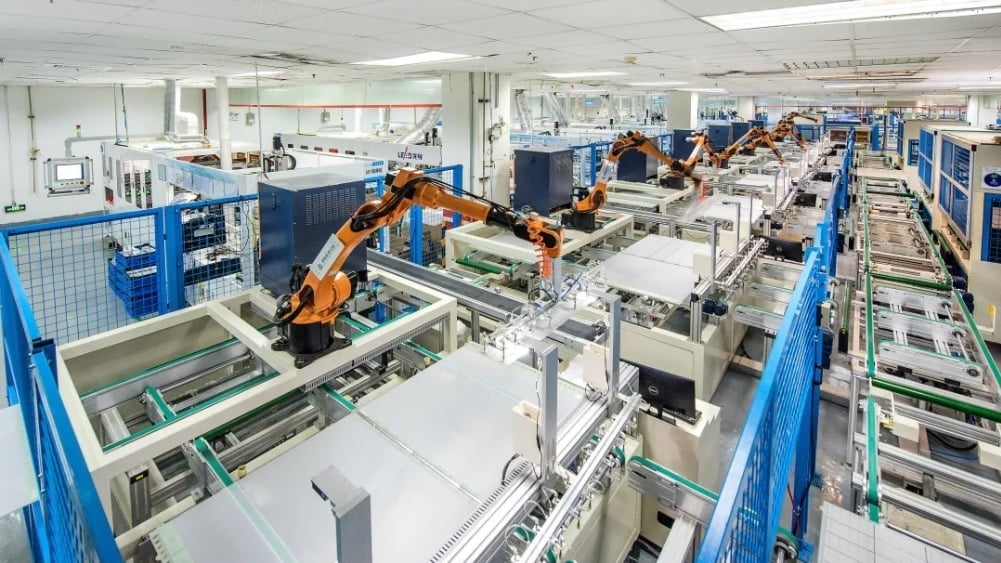
Leading Chinese module manufacturer Trinasolar has developed an 808W solar module that uses perovskite/silicon tandem solar cells.
The module, which uses 210mmx105mm cells and covers 3.1 square metres, has been certified by German testing and inspection body TÜV SÜD. While the company did not specify the module’s conversion efficiency, its power output exceeds that of a number of the company’s other products, including its Vertex N series of modules, which have an output as high as 725W, and a conversion efficiency of 23.2%.
Unlock unlimited access for 12 whole months of distinctive global analysis
Photovoltaics International is now included.
- Regular insight and analysis of the industry’s biggest developments
- In-depth interviews with the industry’s leading figures
- Unlimited digital access to the PV Tech Power journal catalogue
- Unlimited digital access to the Photovoltaics International journal catalogue
- Access to more than 1,000 technical papers
- Discounts on Solar Media’s portfolio of events, in-person and virtual
Or continue reading this article for free
“This is a monumental breakthrough for perovskite/silicon tandem solar modules and a key milestone in PV technology,” said Trinasolar chairman and CEO Gao Jifan, as the company’s latest module builds on growing interest in the perovskite space.
In January, Germany’s Fraunhofer Institute for Solar Energy Systems (ISE) and UK-based Oxford PV developed a 421MW module using perovskite/silicon cells, with a conversion efficiency of 25%. Separately, Chinese manufacturer Jinko Solar developed a perovskite/silicon cell using tunnel oxide passivated contact (TOPCon) technology with a conversion efficiency of 33.84%.
Higher conversion efficiencies are a key benefit of perovskite cells, with both Oxford PV and Trinasolar noting that the theoretical upper limit of perovskite cells, when used in tandem with silicon cells, is 43%, a significantly higher efficiency figure than has been reported in any modules currently in commercial production.
However, scaling up perovskite technology, and ensuring stability at commercial scales, remain a challenge, according to Oxford PV deputy CTO Ed Crossland, who spoke to PV Tech Power earlier this year.







